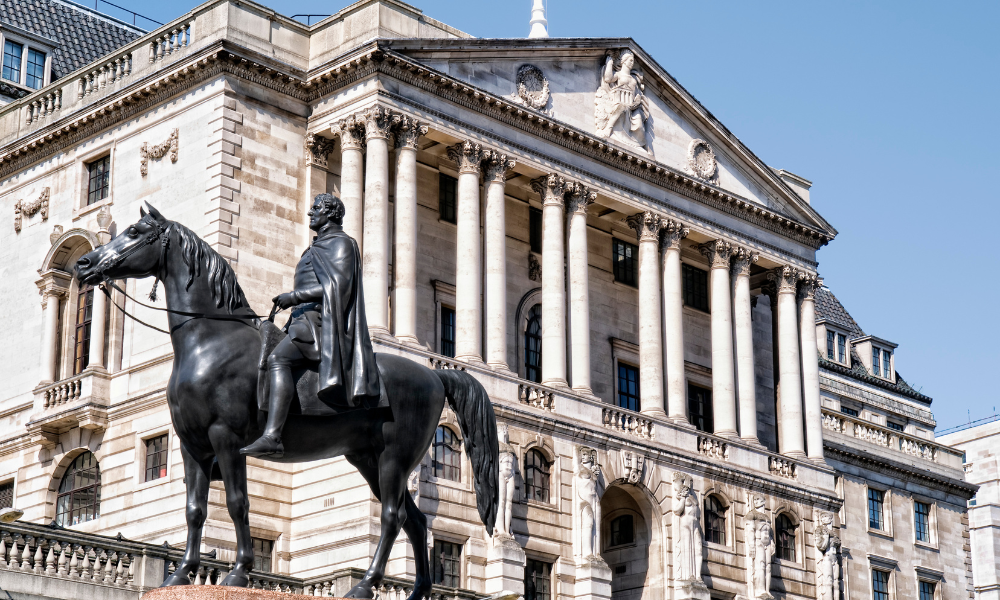Economists make predictions as news released that two rate setters wanted even bigger cuts

When the Bank of England cut rates, the nation released its collectively held breath – clients have been desperate for lower mortgage borrowing rates – but there could be even more good news coming.
Financial markets in the UK have responded to the Bank of England’s 0.25% interest rate cut – and they think more rate cutting is on the way. Thursday’s decision has led investors to anticipate at least two more cuts this year, with market pricing indicating a greater than 60% likelihood of a third.
This shift in investor sentiment caused government bond yields to decline, with the yield on two-year gilts dropping by 0.05 percentage points to 4.09%. The pound also weakened significantly, falling 1% to $1.239.
Share markets took the news well, with London’s FTSE 100 climbing as much as 1.7%. Companies with significant dollar revenues benefited from the pound’s decline, while sectors sensitive to interest rates, such as housebuilding and construction, saw notable gains.
The Bank of England’s decision came amid expectations that an upward revision to inflation forecasts would be temporary. While the cut to 4.5% aligned with economists’ predictions, two policymakers had pushed for a more aggressive reduction due to concerns over sluggish economic growth.
Following the announcement, sterling depreciated further, dropping from $1.2425 before the decision to $1.2370. Against the euro, the pound also weakened, trading at approximately 83.74 pence compared to 83.40 pence earlier in the day.
UK government bonds saw an increase in demand, causing a drop in two-year yields by 3.4 basis points to 4.108%. Meanwhile, both the FTSE 100 and the FTSE 250 extended their gains, with each rising around 1.5%.
Money markets are now reflecting expectations of approximately 67 basis points of additional rate cuts from the BoE before the end of the year, indicating a growing consensus that further monetary easing will be necessary to support economic stability.



